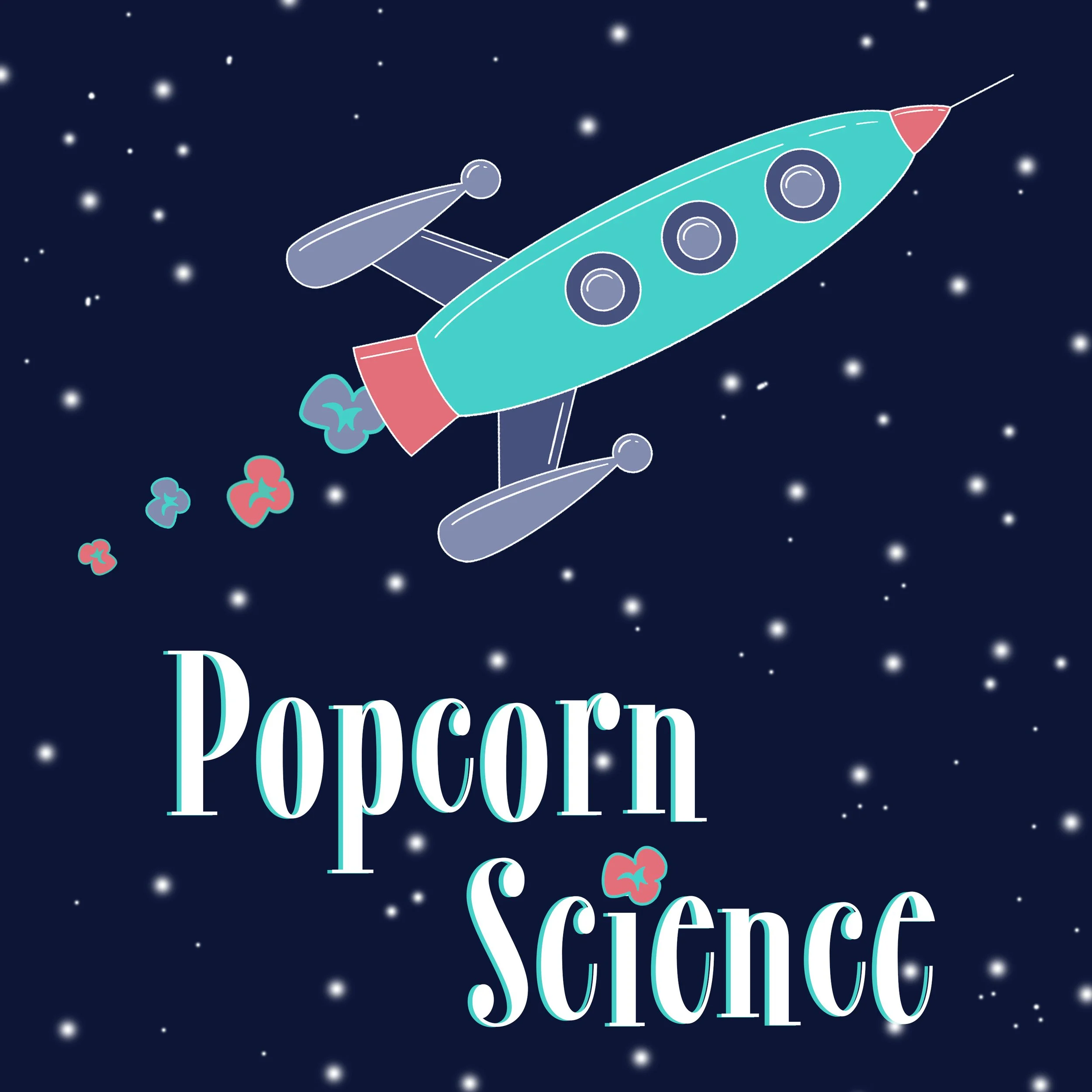My first book is now available from the MIT Press!
You can also join me and Professor Catherine Neish on our bi-weekly podcast: Popcorn Science! Also available on Apple Podcasts
I’m a planetary scientist, author and an associate professor at York University in the Centre for Research in Earth and Space Science.
Do you have a planetary question? Wondering about graduate studies? Want to collaborate on science research? Reach out and say hi!
I’m based in Toronto, Canada where I teach courses in space science and engineering and run a research laboratory called The Planetary Volatiles Laboratory (PVL) with my trainees. Check out our interests below!
I initially studied how to design and build spacecraft in the University of Toronto’s Engineering Science Program. Along the way, I discovered that I was also interested in the science and operation of those vehicles on other planets. This led me to the University of Arizona’s Lunar and Planetary Laboratory where I obtained a PhD in Planetary Science under Prof. Peter H. Smith.
Everything clicked while working as a Science Planner on the Phoenix Mission. Since then, I’ve been fascinated by research problems that live on the border between science and engineering and that inform our understanding of other planets as real places.
Instrument Design
for Planetary Exploration
We have contributed to the development of three instruments for spaceflight. FROST is a camera that can see in extreme ultraviolet colours to find ice in the darkness of the permanently shadowed regions of the Moon. MAPLE is a simple package to obtain information on dust, fog and cloud particles in other atmospheres. MAGE is a novel spectrometer for detecting trace gasses in planetary atmospheres.
Planetary Mission Science
Operations Support
Our trainees have won 16 NASA Group Achievement Awards for our contributions to five NASA and ESA missions. We have served as Environmental Science Theme Leads on Curiosity/MSL, I was a Science Planner on Phoenix, we have been Participating Scientists on Curiosity/MSL (me) and Juno (postdoc Dr. Christina Smith) and Collaborators on InSight and Cassini-Huygens.
Planetary Atmospheric
and Volatile Research
We conduct laboratory, field and numerical investigations to answer questions about planetary atmospheres, anything on the surface that can evaporate or condense and anything that can be lofted such as dust and cloud. Our work has been published in Nature, Science, Geophysical Research Letters and other leading journals.
Collaboration is at the heart of all we do at the PVL. In addition to our spacecraft work, we have conducted analog studies in the arctic with field geologists, planetary protection simulations with astrobiologists and instrument design with industrial partners, just to name a few activities. Our trainees travel the world, interning with our partners at Space Agencies, Companies and other Research Labs.
Stay tuned for exciting new collaborations in the arts and with health researchers! The first project - a popular science book on planetary exploration - will be published this October.
Award-Winning Science
My work has been recognized with the Lassonde Innovator of the year award (early career, 2016) by election to the Royal Society of Canada’s New College of Scholars, Artists and Scientists (2018), with a York Research Chair in Space Exploration (2019), the York University President’s Emerging Research Leadership Award (PERLA - 2022) and with the Canadian Aeronautics and Space Institute’s McCurdy Award (2022)
Scholarly Communication
In order to have value and to advance our understanding of the universe, research needs to be written down, shared and reviewed by our colleagues. We have published more than 95 papers in the scientific literature that have garnered over 9,600 citations (Google Scholar). We have given well over 200 conference presentations. For more details, consult the Publications & CV pages! Let us know if you see expertise that interests you and would like to collaborate.
Commitment to Outreach and Media
Ultimately, space research is funded by the public and as such it is imperative that we share the excitement of planetary exploration with everyone! I and members of my lab have spoken with the press more than 150 times and have given more than 50 public presentations. We have developed outreach activities in partnership with the Ontario Science Centre that have reached hundreds of participants. I have helped filmmakers to achieve the greatest possible science accuracy. Do you have a planetary question - if so, don’t hesitate to reach out!
My trainees and I as photographed in 2015. Dr. Christina Smith (right, then a postdoc, now at SpaceHub Yorkshire), Jacob Kloos (left, then an MSc student, now a postdoc at UMD), Casey Moore (below, then a PhD student, now at Lockheed)




